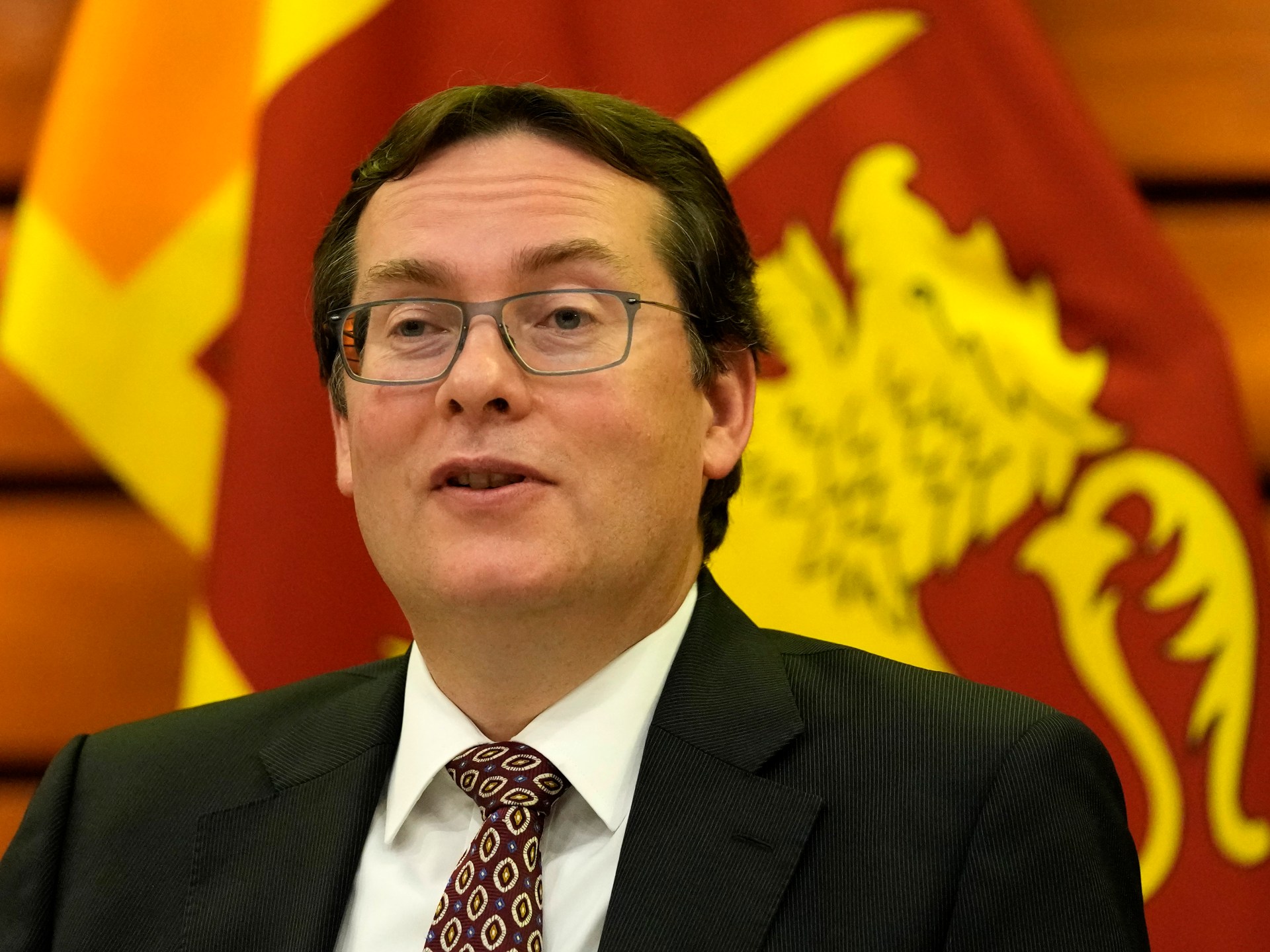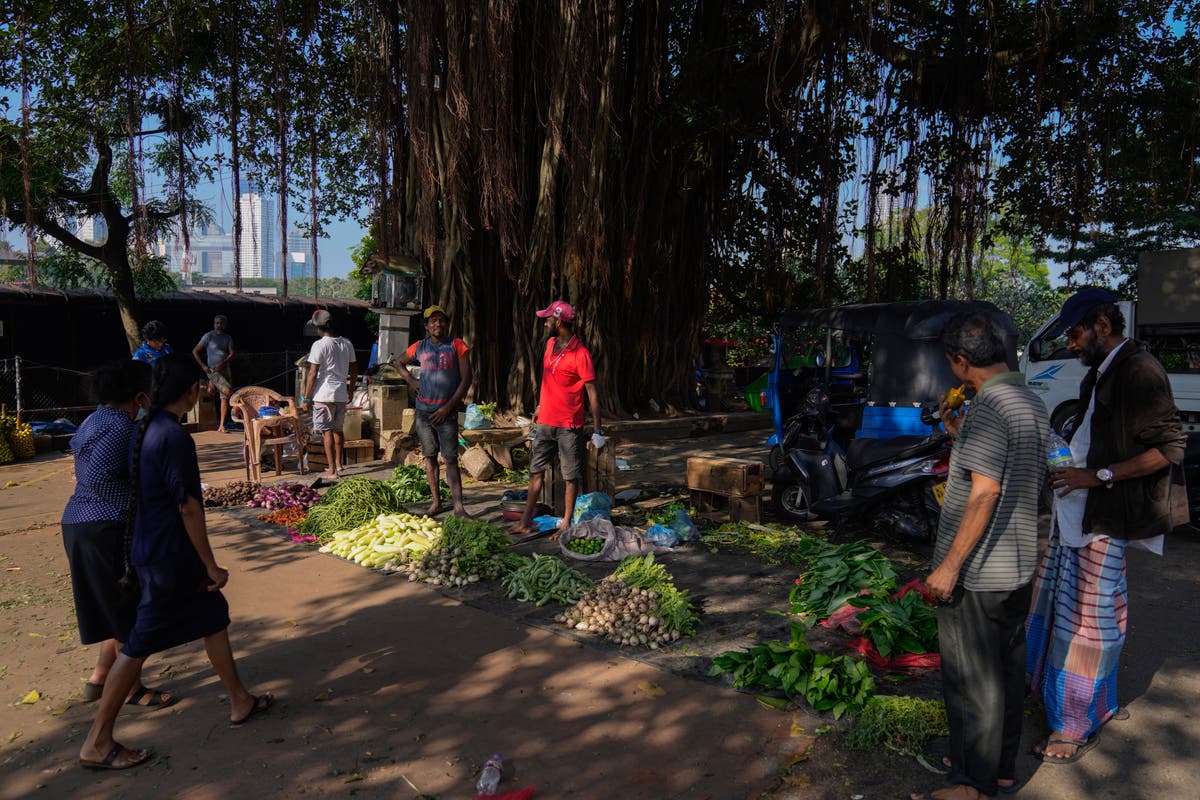)
Five months of Sri Lankan crisis: From state of emergency to $2.9 billion bailout deal
FirstpostThe island nation of 22 million people has suffered months of blackouts as well as acute food, fuel and medicine shortages Colombo: Sri Lanka struck a $2.9 billion bailout deal with the International Monetary Fund on Thursday, a key hurdle in the government’s efforts to overcome a painful and unprecedented economic crisis. AFP looks at how the crisis unfolded: 1 April: State of emergency President Gotabaya Rajapaksa declares a state of emergency after clashes between police and hundreds of demonstrators demanding his resignation outside his residence in the capital Colombo. 20 July: Wickremesinghe elected president Wickremesinghe beats two opponents to be elected president by parliament for the remainder of Rajapaksa’s term, which expires in November 2024. 1 September: Bailout deal The IMF announces a four-year, $2.9 billion bailout package, conditional on a deal between the government and its creditors to restructure its borrowings.
History of this topic

Sri Lanka To Ink Debt Deals By Year's End: Economic Development Deputy Minister
Deccan Chronicle
IMF approves third review of Sri Lanka’s $2.9bn bailout, but warns of risks
Al Jazeera
Sri Lanka’s Marxist-leaning president appoints his Cabinet after a resounding election win
Live Mint
Sri Lanka Leader Seeks to Bolster Power With Parliamentary Vote
Live Mint
‘We’ve tried everybody else’: What’s next for Sri Lanka’s turn to the left?
Al Jazeera
India’s foreign minister becomes the first such dignitary to visit Sri Lanka since the election
Associated Press
IMF to begin talks with new Lanka government led by President Dissanayake
The Hindu
IMF expresses willingness to collaborate with Sri Lanka's new president on economic recovery
China Daily
JVP victory and its effect on the Lankan economy
Hindustan Times
Marxist Dissanayake wins Sri Lanka's presidential election as voters reject old guard
NPRSri Lanka’s presidential election a test for current leader, 2 years after its economy hit bottom
Associated Press
Sri Lanka president defends IMF bailout in campaign launch
Hindustan Times
Back from the brink: The Hindu Editorial on the Sri Lankan elections and the road ahead
The HinduSri Lanka will hold presidential election on Sept. 21, its first since declaring bankruptcy in 2022
Associated PressSri Lanka reaches deal on debt restructuring with bilateral creditors including China and France
Associated Press
Sri Lanka seals debt deal with Official Creditor Committee after financial crisis
The Hindu
'Procedural issues' delaying Sri Lanka debt deal: IMF
The Hindu
Sri Lanka has made 'strong progress' on debt restructuring front: IMF
The Hindu
Economic conditions in debt-stricken Sri Lanka improving, IMF says
Al JazeeraIMF says the economic situation in debt-stricken Sri Lanka is gradually improving
Associated Press
Sri Lankan president says he is seeking to defer loan payments until 2028 amid economic crisis
The Independent
Sri Lanka’s Financial Crisis Gradually Easing: Ranil Wickremesinghe
News 18Pulling Sri Lanka out of the abyss
The Hindu
Crisis-ridden Sri Lanka’s economic reforms are yielding results, but challenges remain, IMF says
Associated Press
Sri Lanka says debt restructure finalised by April
The Hindu
Sri Lanka will get the second tranche of a much-need bailout package from the IMF
The Independent
Sri Lanka reaches agreement with India, Paris Club on debt treatment
The HinduSri Lanka says it has reached an agreement with China’s EXIM Bank on debt, clearing IMF funding snag
Associated Press
Second tranche of IMF bailout to Sri Lanka may be delayed; talks with govt to continue: official
The HinduIMF says Sri Lanka needs to boost reforms and collect more taxes for its bailout funding package
Associated Press
China reiterates support for Sri Lanka’s debt relief ahead of crucial IMF review
The Hindu
Sri Lanka passes anti-corruption bill as part of IMF bailout plan
Al Jazeera
ECONOMIC PERSPECTIVES | Sri Lankan debt crisis to get worse if IMF prescription is heeded
The HinduCash-strapped Sri Lanka gets parliamentary nod for domestic debt restructuring plan
The Hindu
World Bank approves $700 million for crisis-hit Sri Lanka
The Hindu
India Continues To Help Sri Lanka Stand Economically, But Colombo’s Love For Beijing Keeps Soaring
ABP News)
World Bank doles out $700 million to cash-strapped Sri Lanka
Firstpost)
Sri Lanka has no money to hold presidential polls in 2023: Cabinet spokesman
Firstpost
IMF says Sri Lanka’s economic recovery shows signs of improvement but challenges remain
Associated Press
Sri Lanka cuts policy rates to reduce inflation and boost economic recovery
The Hindu
IMF urges crisis-hit Sri Lanka to decide on debt restructuring
Live MintTimely debt restructuring crucial for Sri Lanka, says IMF
The Hindu
IMF board approves $3 billion bailout for Ghana amid economic crisis
Associated Press
IMF: Sri Lanka’s crisis-hit economy likely to resume growth in 2024 after contracting 3% this year
Associated Press
Sri Lankan Parliament votes to support IMF recovery program
Associated Press
Sri Lankan Parliament votes to support IMF recovery program
The Independent
Sri Lanka trying to reduce overall debt by $17 billion, president says
Live Mint
World Bank ensures continued support for Sri Lanka's economic recovery
The Hindu
Crisis-hit Sri Lanka to see economic contraction in 2023: Report
Live MintSri Lanka to opt for domestic debt restructuring post-IMF bailout: Government
The HinduDiscover Related



)



)


)








)



)








)
)




